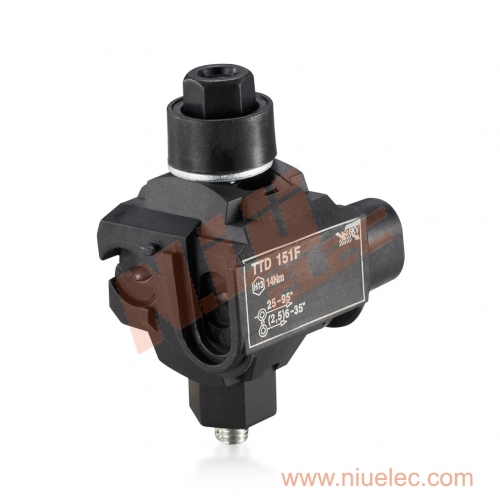The Importance of Insulation Piercing Connectors in Electrical Applications
In the intricate world of electrical engineering and installations, a robust connection is the bedrock upon which safety, efficiency, and reliability stand. Amid various connector options, insulation piercing connectors (IPCs) have emerged as a versatile, safe, and efficient way to join electrical conductors, particularly in harsh environments. This piece will explore the critical role of IPCs in electrical systems, and how they contribute to the seamless operation of a wide array of applications.
Enhancing Efficiency: Streamlining Wire Connections with Insulation Piercing Technology
The traditional process of connecting wires involves stripping insulation, tinning, and soldering, or using clamping splices. However, these methods come with certain drawbacks—increased labor time, potential for error, and risks associated with improper joints such as short-circuiting or wire exposure.
Enter IPCs, which revolutionize this process with their piercing teeth designed to penetrate insulation and make direct metal-to-metal connections. This not only cuts down on connection time but also reduces the likelihood of loose joints or subsequent failures. The technology behind IPCs ensures that the piercing action isn't just efficient, but creates a high-integrity contact, leading to better overall system performance.
Safety First: Benefits of Reliable and Secure Insulation Piercing Connectors
The safety of an electrical system is non-negotiable. The stakes are high—if a connection fails, not only can it lead to costly downtime and repairs, but it can also pose significant safety hazards. IPCs address these concerns with features such as non-corrosive materials and sealed housings that protect against environmental factors, thus enhancing the longevity and reliability of connections.
Furthermore, IPCs operate on a "pierce then seal" principle, which ensures a robust connection that maintains the integrity of the wire's insulation. This minimizes the potential for electrical faults, short-circuits, and fires, making IPCs a compelling choice where safety and reliability are paramount.
Industry Standards: Ensuring Compliance with Electrical Regulations
Regulatory compliance is a major focus in the electrical industry, with stringent standards aimed at safeguarding both human life and property. Insulation piercing connectors are engineered to meet or exceed these regulations, providing manufacturers, installers, and end-users peace of mind when it comes to legal compliance.
Adherence to standards such as the National Electrical Code (NEC) and International Electrotechnical Commission (IEC) ensures that IPCs are subjected to rigorous testing for factors like insulation resistance, mechanical strength, and temperature ratings. This ensures that IPCs perform consistently and safely across various applications and environmental conditions.
Versatile Applications: Where Insulation Piercing Connectors Excel
Insulation piercing connectors are not relegated to specific environments or applications; instead, their versatile design allows for usage in an extensive range of scenarios. They are particularly well-suited for applications where uninterrupted power supply is mission-critical, such as telecommunication lines, power distribution networks, and street lighting systems.
Whether for repairs, maintenance, or new installations, IPCs provide a quick and reliable method for joining wires, even when dealing with various wire gauges, types, and materials. Their versatility makes them a go-to choice for electrical engineers, contractors, and technicians looking to optimize their workflow without compromising on safety.
Future Innovations: Trends Shaping the Evolution of Insulation Piercing Technology
The field of IPCs is not stagnant; it's evolving in line with broader technological advancements within the electrical domain. From materials science to the integration of smart features, innovation is driving the improvement of IPCs.
One particular trend to watch is the development of "self-healing" insulation, a feature that enables the insulation of pierced wires to reseal, maintaining the IP joint against corrosion and environmental damage. Smart IPCs with embedded sensors for real-time monitoring of connections could become a game-changer in predictive maintenance, offering a proactive approach to system care.
Understanding the value of IPCs in present and future electrical landscapes is crucial for stakeholders in the industry. These connectors not only offer a secure, fast, and versatile method for wire jointing but also contribute to the overall efficiency and safety of electrical systems. Whether it's for large-scale infrastructure or local household circuits, insulation piercing connectors are proving to be a linchpin in maintaining the charge of our connected world.
